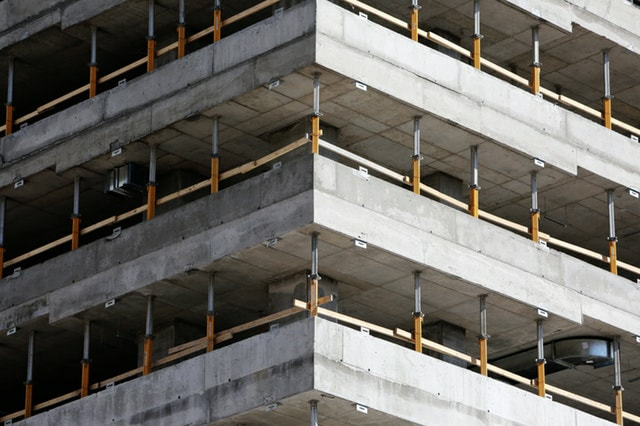|
OSHA Standard: 1926.300 – Subpart I – Tools – Hand & Power Training: Training should be performed upon initial assignment/before use of tool. Frequency: When roles, conditions, or equipment changes. Or when worker is using the equipment in an unsafe manner. Masonry saws are used to cut tiles, bricks, and blocks of stone, concrete, and other materials. Concrete saws are used to cut channels or openings through concrete blocks, slabs, and walls. Both types of saws can be hand-held, mounted on a stand, or wheeled by hand or motor and may be powered by electricity, compressed air, or fuel. Working with saws can expose workers to hazards such as cutting blades, kick-back, push-back, and pull-ins; training and proper work practices are the key to safety.
Workers require training on the safe use of masonry and concrete saws. Cutting blades should be the correct size, installed properly, guarded at all times, and speed should not exceed the manufacturer’s suggested RPM. Workers should use the correct blade for the job and inspect it for defects before each use. Saws should be maintained and kept clean from dust build-up. Workers using concrete and masonry saws should always ensure that there are no gas or electric utility lines embedded within their cutting zones. Saws pose kick-back, push-back and pull-in dangers if they cannot run freely through the cutting material. Blades are designed to go in a straight line; crooked or off-line cuts can cause blades to pinch or bite into the material and jam. Though a blade may be jammed, the running motor builds up power and can cause a worker to lose control of the saw and become exposed to the cutting blade. Loss of control includes kick-back where the saw thrusts up and backward, pushback where the saw thrusts straight back, and pull-in where the saw pulls the worker in toward the blade. Hand-held saws pose special dangers if kick-back occurs because the worker can lose control and drop the saw. Hand-helds should never be used over shoulder height or on ladders and stepstools. Saw push-back at a height could cause a worker to fall. If elevated cutting work is required, the saw should be mounted on guide tracks for the job. Walls and bricks that are cut should be supported so they do not fall and pinch the blade or crush workers. Mounted saws should be kept on firm, flat surfaces for stability. Workers should keep their hands clear of the cutting blade while holding materials firmly against the backstop. Conveyor surfaces should be free of debris that could cause products to slip and pinch the blade. Longer materials should be supported by scaffolds to prevent blade pinching. Walk-behind saws keep the worker more removed from the cutting blade. These saws should be guided in a straight line with several passes for each cut. Workers should not push against the saw; this could cause the blade to jump or climb out of the cutting path and the operator could lose control. Personal protective equipment (PPE) for masonry and concrete saws varies depending on the job task, but may include hard hats, boots, safety glasses and face shields, hearing protection, gloves, and respiratory protection from hazardous dusts The dust created by concrete and masonry saws can be a serious health hazard. The materials that are cut typically contain silica. Repeatedly breathing too much silica dust can eventually lead to silicosis, a disabling and irreversible lung disease; it can also cause lung cancer. The dust can be a hazard not only to the saw operator, but also to others working in the area. To limit exposures, control dust with a water spray directed at the cutting area. Alternatively, local exhaust ventilation, with a hood attached directly to the saw, can capture most of the dust generated. The saw may come with the appropriate attachments for water or exhaust ventilation, or it may need some retrofitting. If these control methods are not possible, respirators can provide adequate protection, but only if selected and used properly. Even with control measures in place, workers may still need to wear respirators. For more guidance, consult with an industrial hygienist or other safety and health professional.
0 Comments
Your comment will be posted after it is approved.
Leave a Reply. |
AuthorSTAC Admin Categories
All
Archives
July 2024
|


 RSS Feed
RSS Feed